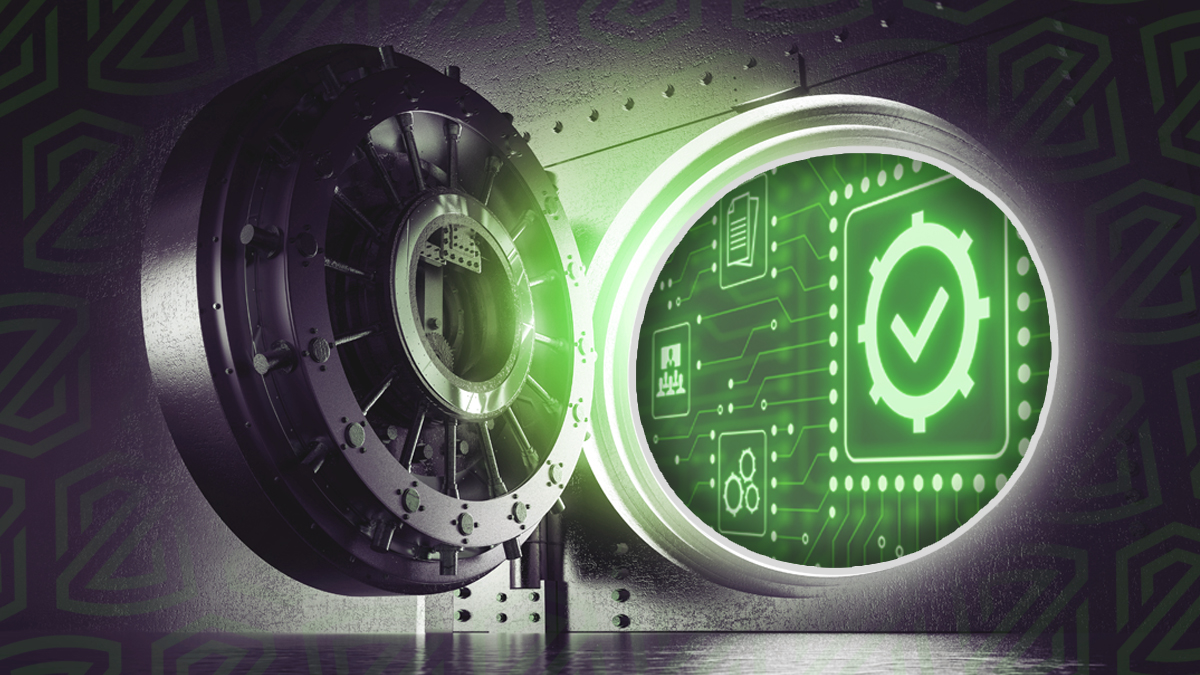
Contract lifecycle management (CLM), at the most basic description, is the process of managing the creation, execution, and administration of contracts. CLM involves a wide range of activities, including drafting and negotiating contracts, storing and managing contract documents, and tracking and managing contract performance.
“In any typical workday, week, quarter, and fiscal year, the average Fortune 1000 company may handle several tens of thousands of contracts,” notes JD Supra. “Each contract will need to be negotiated, reviewed, and executed. Then, when that part of the process is complete, with signatures on the proverbial dotted lines, the lifecycle management of that contract begins, including monitoring for regulatory compliance and “re”-review at renewal time. This very real scenario commands at least half, and as much as 70%, of legal professionals’ time.”
At ZorroSign, we believe blockchain technology has the potential to revolutionize contract lifecycle management in three key ways:
- By providing a secure, decentralized database, blockchain technology can enable faster, more efficient, and more secure contract management for legal professionals;
- Blockchain can also help to reduce the risk of fraud and errors; and,
- Blockchain can provide a more transparent and auditable record of all contract-related activities for regulatory compliance and renewals.
One of the most well-known applications of blockchain technology in CLM is in the realm of smart contracts. A smart contract is a self-executing contract with the terms of the agreement between buyer and seller being directly written into lines of code. The code—and the agreement it represents—are stored on the blockchain, which makes them secure, transparent, and auditable. Smart contracts have the potential to streamline a wide range of contract-related activities, including contract drafting, negotiation, and execution.
Another area where blockchain technology can complement contract lifecycle management is in the storage and management of contract documents. Traditional methods of storing and managing contract documents can be slow and prone to errors, but blockchain technology has the potential to make the process faster, cheaper, and more secure. By using a decentralized database to store contract documents, blockchain technology can enable faster, more accurate, and more secure access to these documents.
“Blockchain provides a trusted, independent, and cost-efficient mechanism for multiparty transactional records management,” writes Cecil (CJ) John for Medium. “Blockchain is an essential technology for records management professionals to understand because it has broad implications for securing and authenticating intellectual property at lower cost and higher efficiency.”
Blockchain technology is also being used to facilitate the tracking and management of contract performance. Traditional methods of tracking and managing contract performance can be time-consuming and error-prone, but blockchain technology has the potential to make the process faster, cheaper, and more efficient. By using a decentralized database to store information about contract performance, blockchain technology can enable faster, more accurate, and more secure contract management.
In addition to these benefits, blockchain technology can also help to improve the transparency and accountability of contract lifecycle management. By providing a tamper-proof record of all contract-related activities, blockchain technology can help to ensure that all parties are held accountable for their actions. This can be especially important in complex, multi-party contracts, where it can be difficult to track and manage all of the different activities and obligations.
“The technology generates a systematic, untampered audit trail of the history of any action taking place in a document, which can be viewed in a history tree, providing a more superior history and audit trail than anything else that currently exists,” explains Accenture. “The digitization of paper-based contracts onto the blockchain holds the potential to revolutionize the way contracts are prepared, transacted, amended, stored and complied with.”
ZorroSign is proud to bring both the private, permissioned Hyperledger Fabric blockchain and the public, permissionless Provenance Blockchain to CLM! Our data security platform was built on blockchain, delivering digital signatures, identity-as-a-service (IDaaS), patented fraud detection, user authentication, document validation, and document management all based on blockchain technologies.
To learn more, read our Platform details, how Legal Departments use ZorroSign, or contact us to start a free 14 day trial. When the security of your contract data is on the line, block it down!

